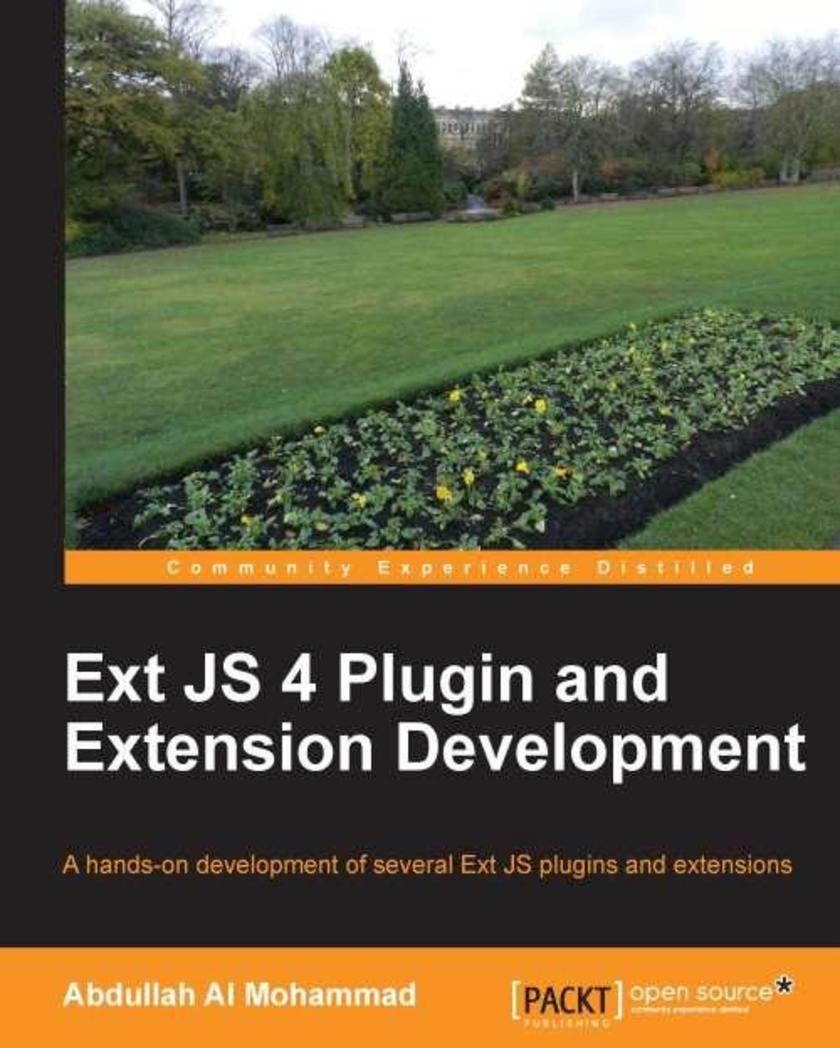
Ext JS 4 Plugin and Extension Development
¥61.03
This is a step-by-step tutorial that practically teaches Ext JS plugin and extension development through sample examples that increase in complexity.Ext JS 4 Plugin and Extension Development is ideal for experienced ExtJS developers who want to expand their knowledge in developing plugins and extensions. This book is also for those developers who are new to ExtJS development, with at least some knowledge on ExtJS basics.

Building UIs with Wijmo
¥54.49
Written with an example-based approach, Building UIs with Wijmo leads you step by step through the implementation and customization of each library component and its associated resources. Reference tables of each configuration option, method, and event for each component are provided, alongside detailed explanations of how each widget is used.Building UIs with Wijmo is targeted at readers who are familiar with HTML, CSS, JavaScript, and jQuery, and have a basic understanding of web development. Although knowledge of jQuery UI is not mandatory, it would be a bonus as it is quite similar to Wijmo. Only the last chapter of the book on extending Wijmo requires advanced CSS and JavaScript knowledge.
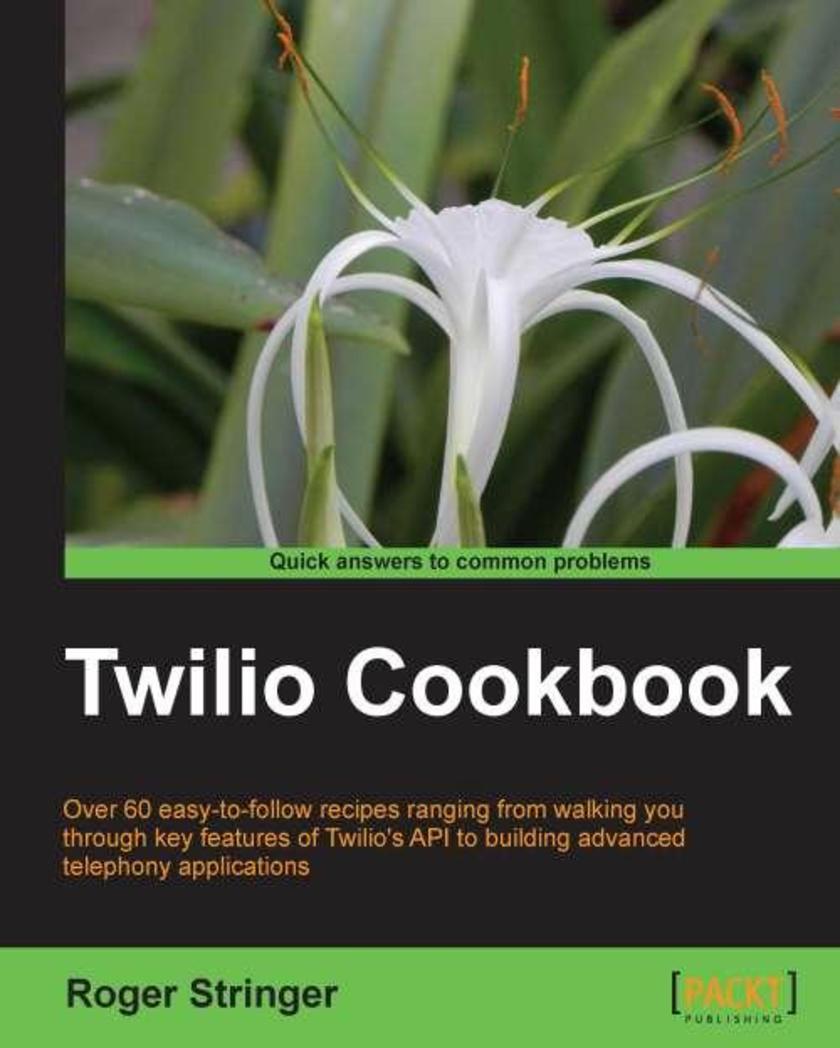
Twilio Cookbook
¥90.46
This book is a practical, hands-on guide that provides the reader with a number of clear, step-by-step exercises.This book is great for developers who already have knowledge of PHP and MySQL and who want to learn about integrating Twilio’s API into their websites for telephone solutions.
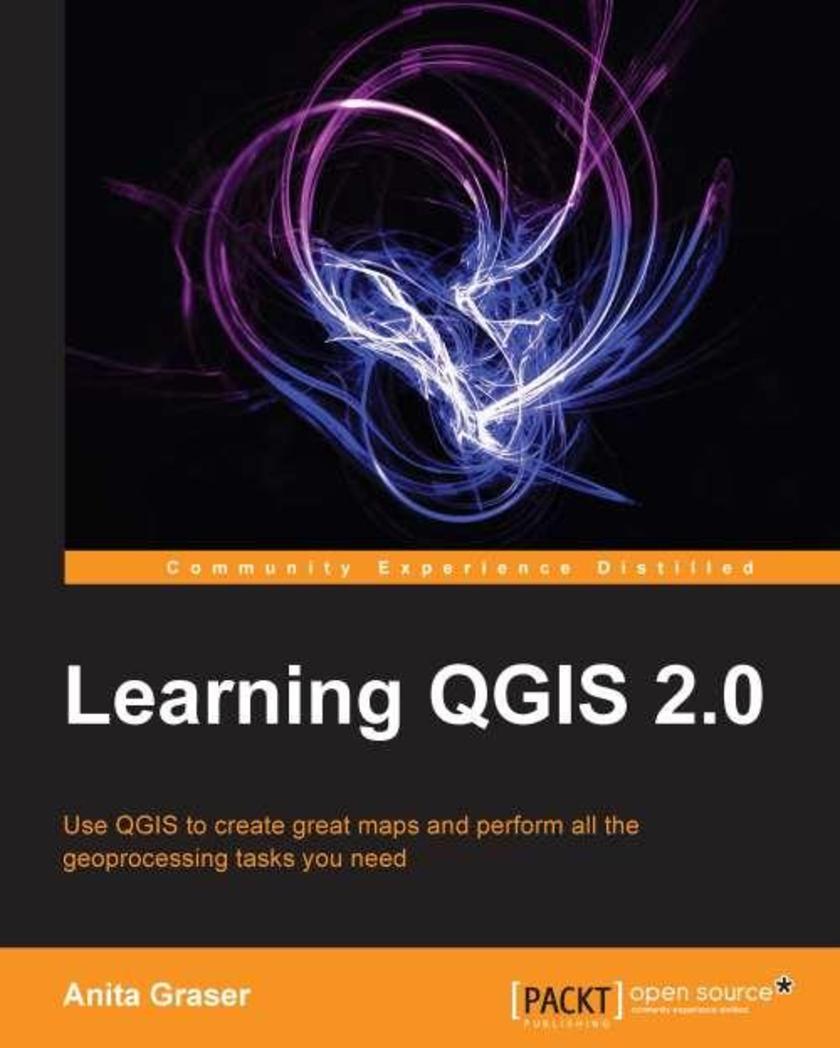
Learning QGIS 2.0
¥45.77
A short book with a lot of hands-on examples to help you learn in a practical way.This book is great for users, developers, and consultants who know the basic functions and processes of a GIS but want to know how to use QGIS to achieve the results they are used to a full-fledged GIS.
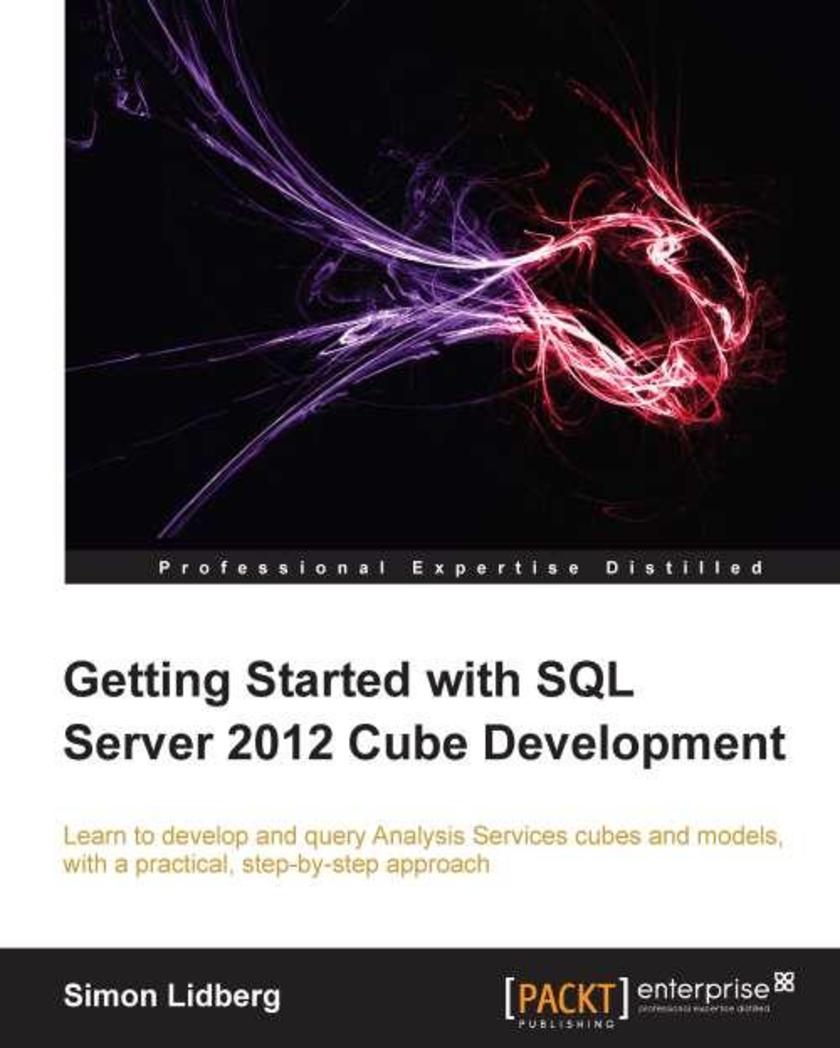
Getting Started with SQL Server 2012 Cube Development
¥90.46
As a practical tutorial for Analysis Services, get started with developing cubes. "Getting Started with SQL Server 2012 Cube Development" walks you through the basics, working with SSAS to build cubes and get them up and running.Written for SQL Server developers who have not previously worked with Analysis Services. It is assumed that you have experience with relational databases, but no prior knowledge of cube development is required. You need SQL Server 2012 in order to follow along with the exercises in this book.
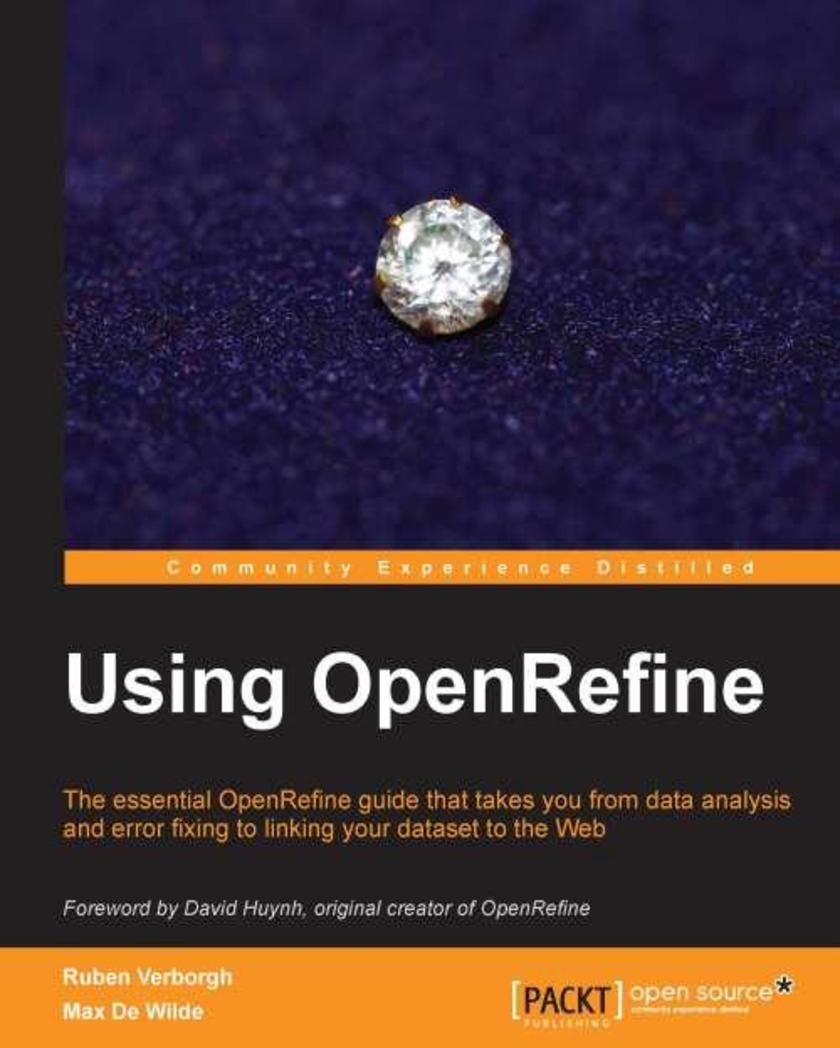
Using OpenRefine
¥63.21
The book is styled on a Cookbook, containing recipes - combined with free datasets - which will turn readers into proficient OpenRefine users in the fastest possible way.This book is targeted at anyone who works on or handles a large amount of data. No prior knowledge of OpenRefine is required, as we start from the very beginning and gradually reveal more advanced features. You don't even need your own dataset, as we provide example data to try out the book's recipes.
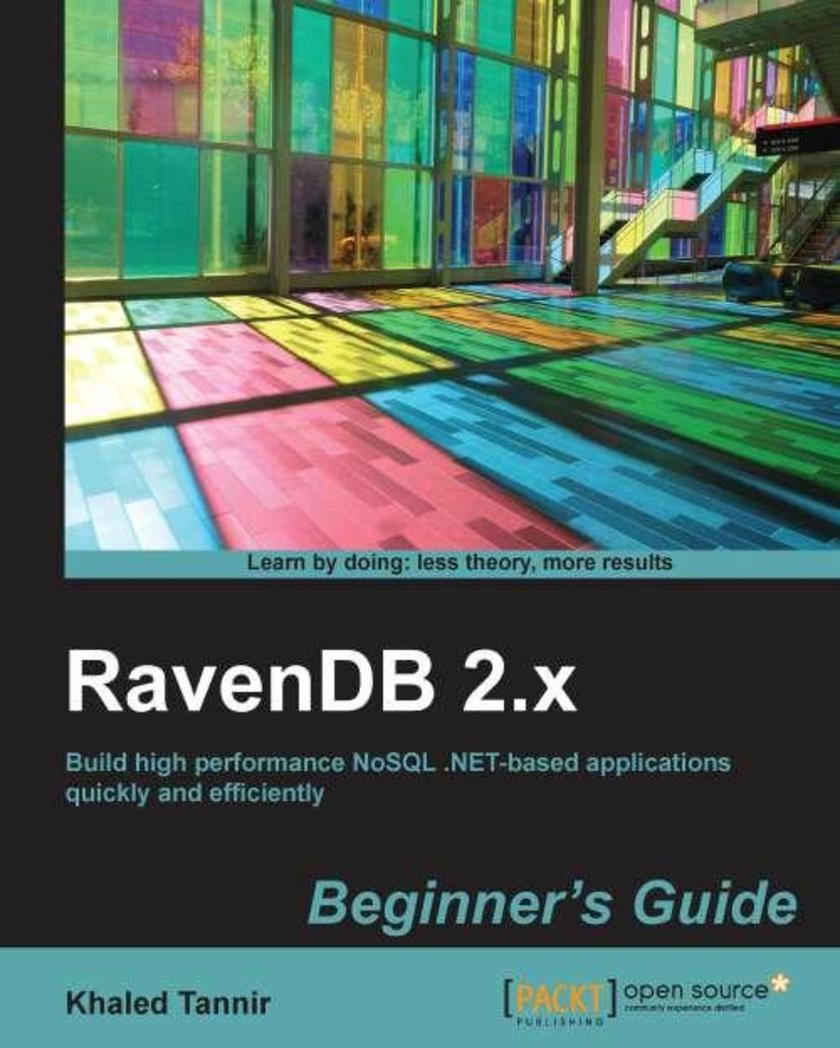
RavenDB 2.x Beginner’s Guide
¥90.46
Written in a friendly, example-driven Beginner’s Guide format, there are plenty of step-by-step instructions and examples that are designed to help you get started with RavenDB. If you are a .NET developer, new to document-oriented databases, and you wish to learn how to build applications using NoSQL databases, then this book is for you. Experience with relational database systems will be helpful, but not necessary.
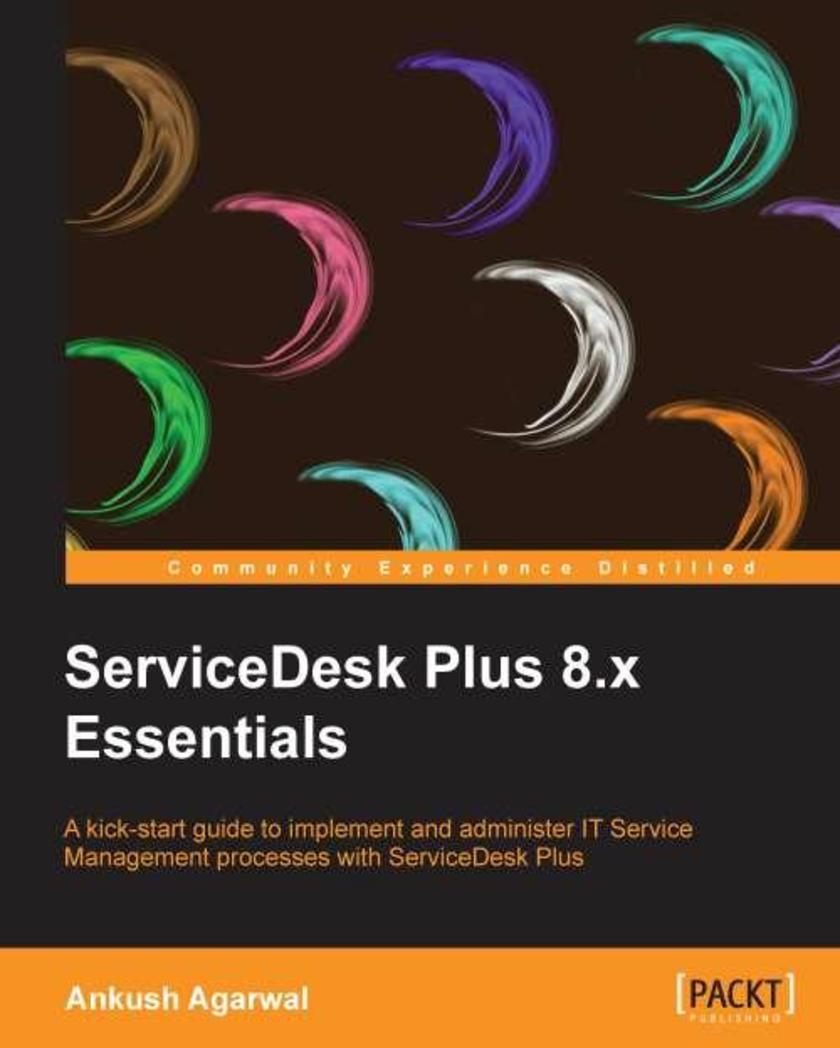
ServiceDesk Plus 8.x Essentials
¥71.93
This is a practical, hands-on guide that assists you in setting up and efficiently managing ITSM.ServiceDesk Plus 8.x Essentials is for IT helpdesk managers, administrators, and staff, serving as a compendium for service management concepts useful for them.
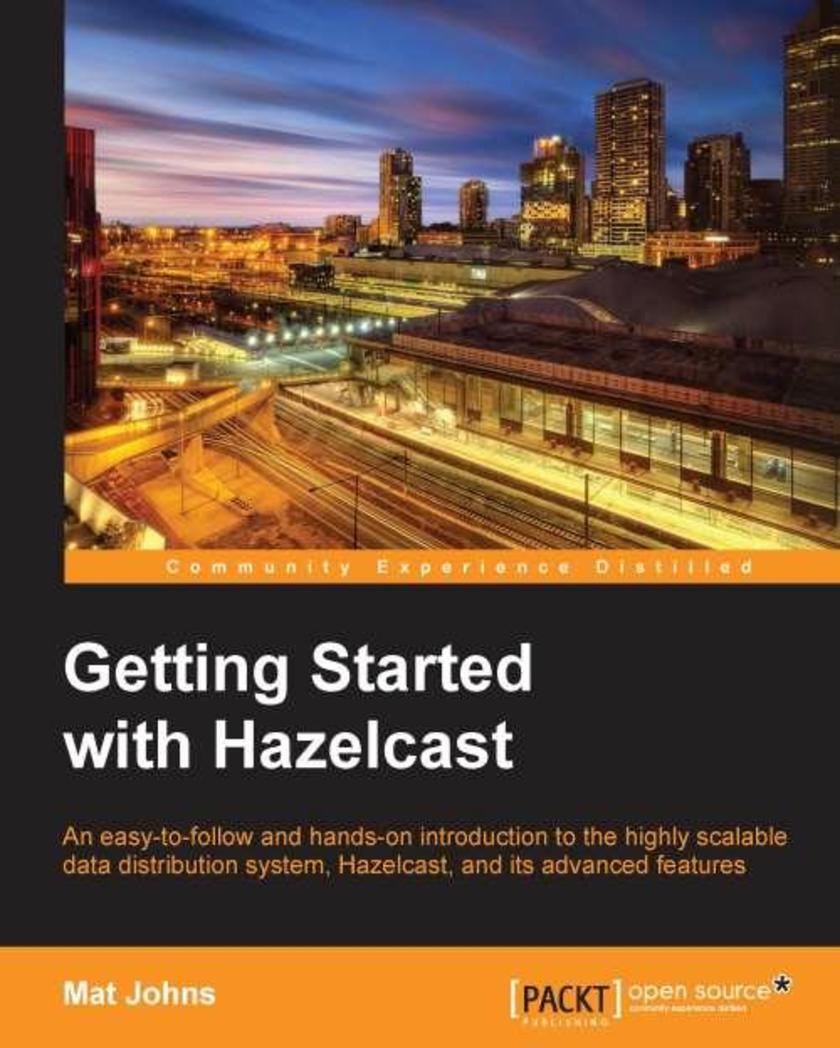
Getting Started with Hazelcast
¥71.93
Written as a step-by-step guide, Getting Started with Hazelcast will teach you all you need to know to make your application data scalable.This book is a great introduction for Java developers, software architects, or developers looking to enable scalable and agile data within their applications. You should have programming knowledge of Java and a general familiarity with concepts like data caching and clustering.
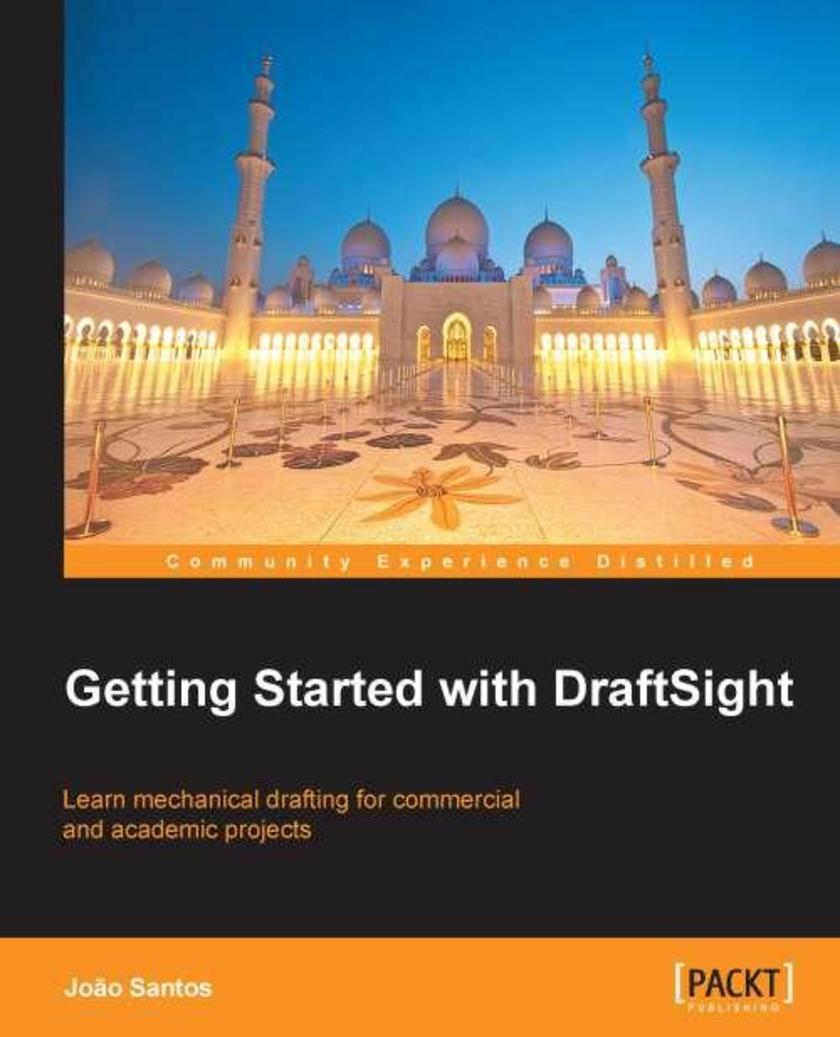
Getting Started with DraftSight
¥59.94
Packed with illustrations and step-by-step guidelines, this book will serve as a guide for DraftSight and get you up and running with it!Getting Started withDraftSightis for anyyone who wants to create accurate 2D drawings in the DWG file format. It is also a great resource for architectural, engineering, or design professionals and students. The reader needs to have basic knowledge of CAD.
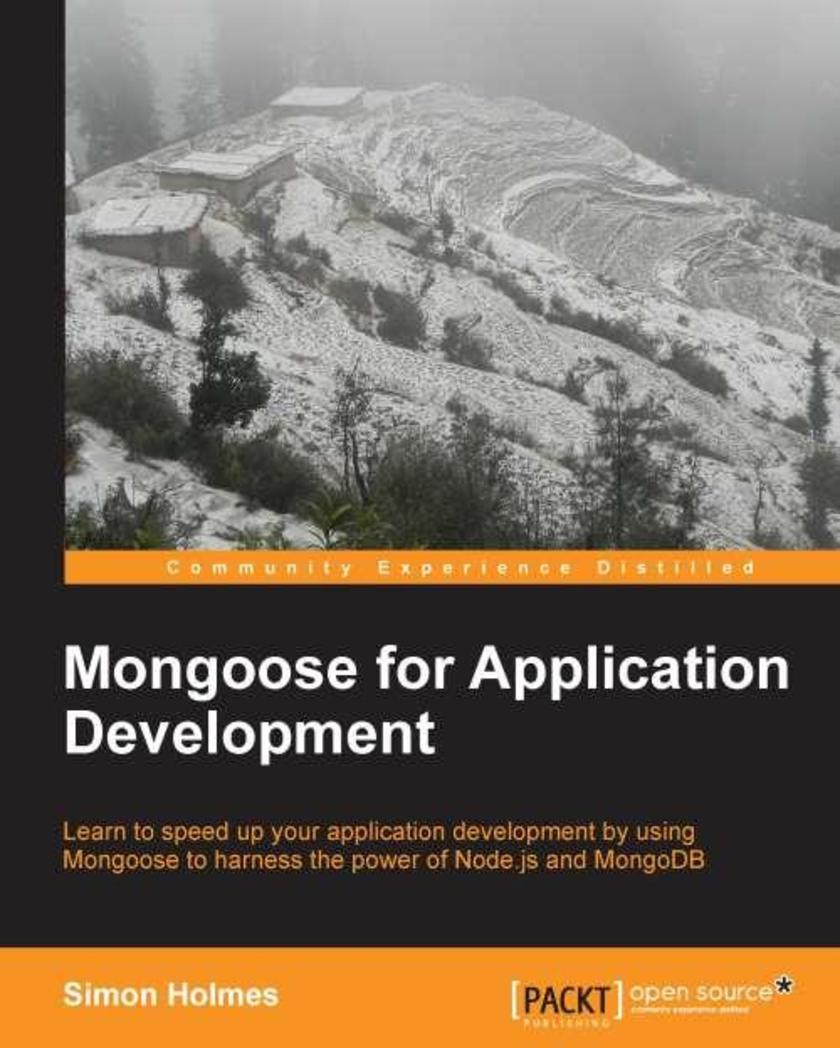
Mongoose for Application Development
¥71.93
This book is a mini tutorial full of code examples and strategies to give you plenty of options when building your own applications with MongoDB.This book is ideal for people who want to develop applications on the Node.js stack quickly and efficiently. Prior knowledge of the stack is not essential as the book briefly covers the installation of the core components and builds all aspects of the example application. The focus of the book is on what Mongoose adds to you applications, so experienced Node.js developers will also benefit.

Instant Audio Processing with Web Audio
¥41.41
Filled with practical, step-by-step instructions and clear explanations for the most important and useful tasks. A concise, recipe-based approach to use Web Audio’s automation functionality to produce interesting audio effects such as audio stitching and ducking.This book is designed for developers with some HTML and JavaScript programming experience who are seeking to learn about Web Audio. Experience with AJAX and web server installation/configuration is a plus but is not a necessity in order to follow the content of the book.
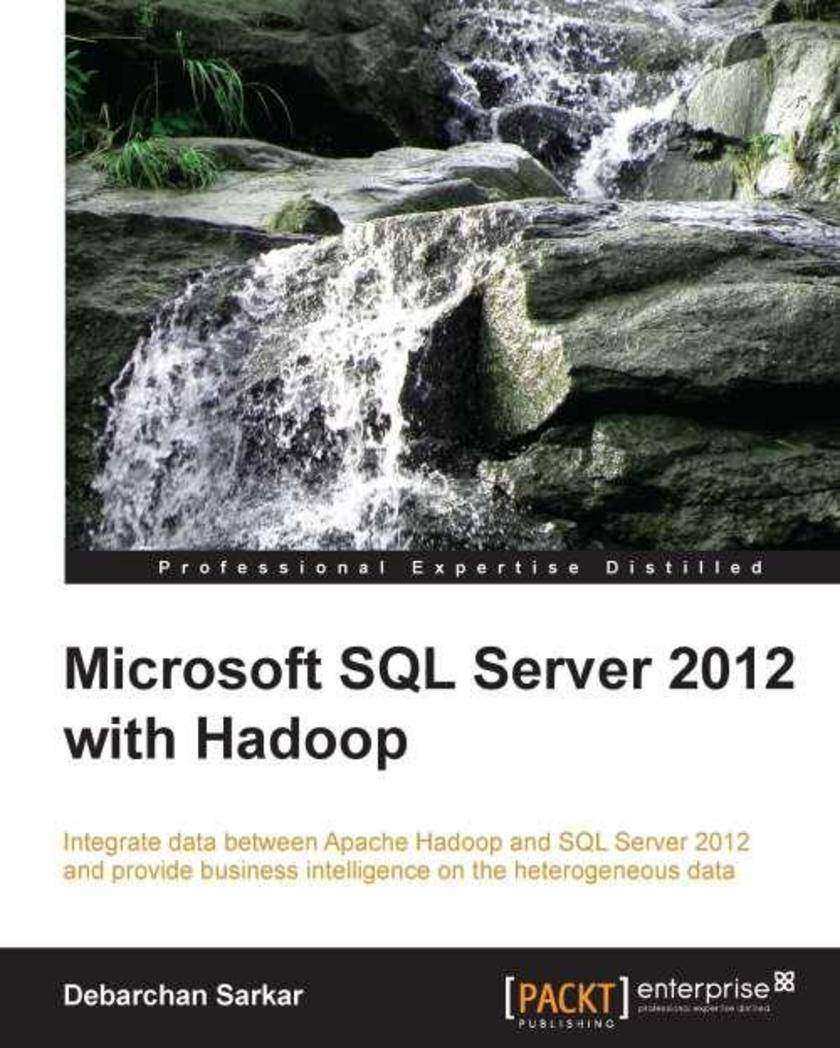
Microsoft SQL Server 2012 with Hadoop
¥71.93
This book will be a step-by-step tutorial, which practically teaches working with big data on SQL Server through sample examples in increasing complexity.Microsoft SQL Server 2012 with Hadoop is specifically targeted at readers who want to cross-pollinate their Hadoop skills with SQL Server 2012 business intelligence and data analytics. A basic understanding of traditional RDBMS technologies and query processing techniques is essential.
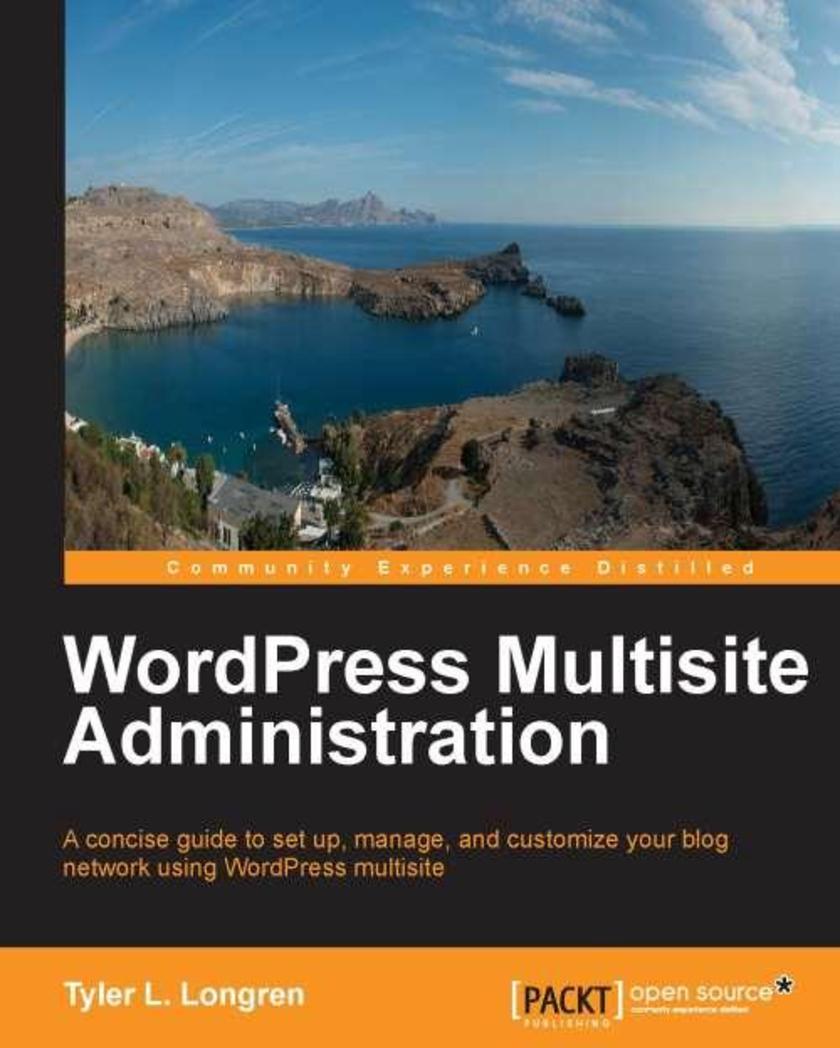
WordPress Multisite Administration
¥59.94
This is a simple, concise guide with a step-by-step approach, packed with screenshots and examples to set up and manage a network blog using WordPress.WordPress Multisite Administration is ideal for anyone wanting to familiarize themselves with WordPress Multisite. You'll need to know the basics about WordPress, and having at least a broad understanding of HTML, CSS, and PHP will help, but isn't required.

IBM Cognos 10 Report Studio Cookbook, Second Edition
¥99.18
This Cookbook contains step-by-step instructions for Report Studio 10.1 users to author effective reports. The book is designed in a way that you can refer to it chapter by chapter, look at the list of recipes and read them in no particular order.The Cognos 10.1 Report Studio Cookbook is for you if you are a Business Intelligence Developer who is working on IBM Cognos 10 Report Studio and wants to author impressive reports by putting to use what this tool has to offer. It is also ideal you are a Business Analyst or Power User who authors his own reports and wants to look beyond the conventional features of IBM Cognos 10 Report Studio.This book assumes that you are familiar with the architecture of IBM Cognos 10. You should also have basic knowledge of IBM Cognos Report Studio and can do the basic report authoring tasks.
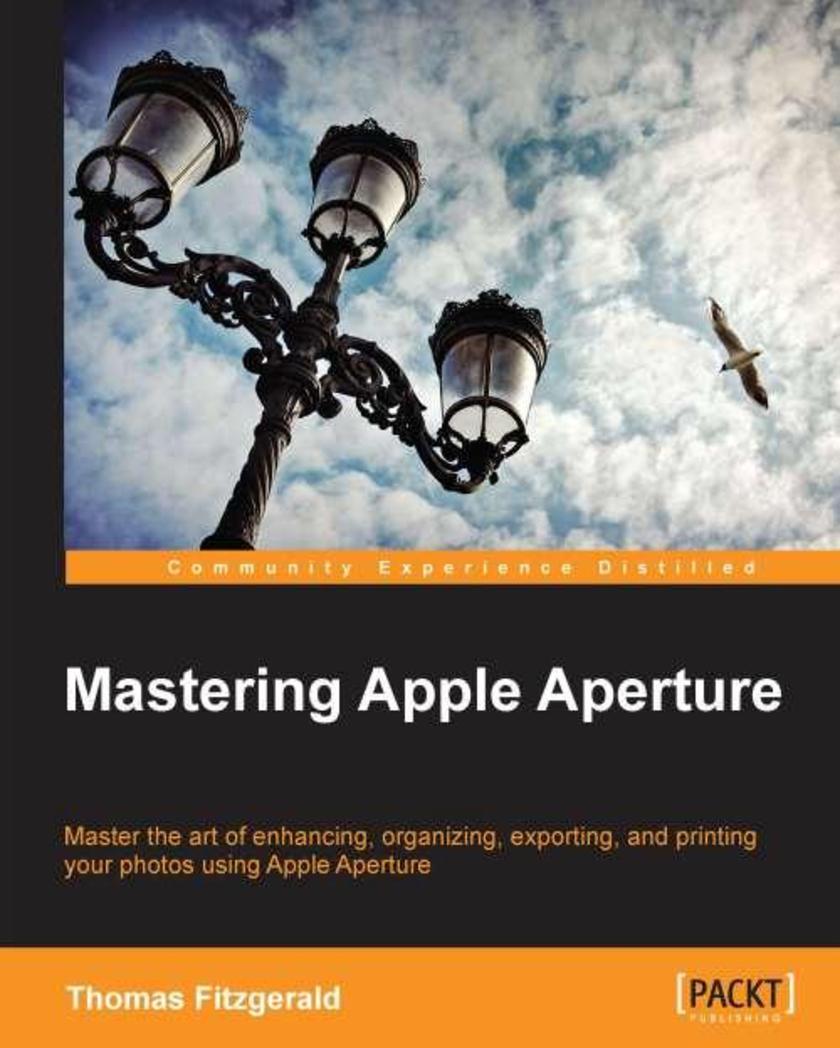
Mastering Apple Aperture
¥90.46
Written in a conversational style, the author will share his knowledge on advanced Aperture topics with detailed discussions of advanced topics, the theory behind some of those topics and lots of hints and tips for ways to improve your workflow.Photographer’s who have a basic understanding of Aperture
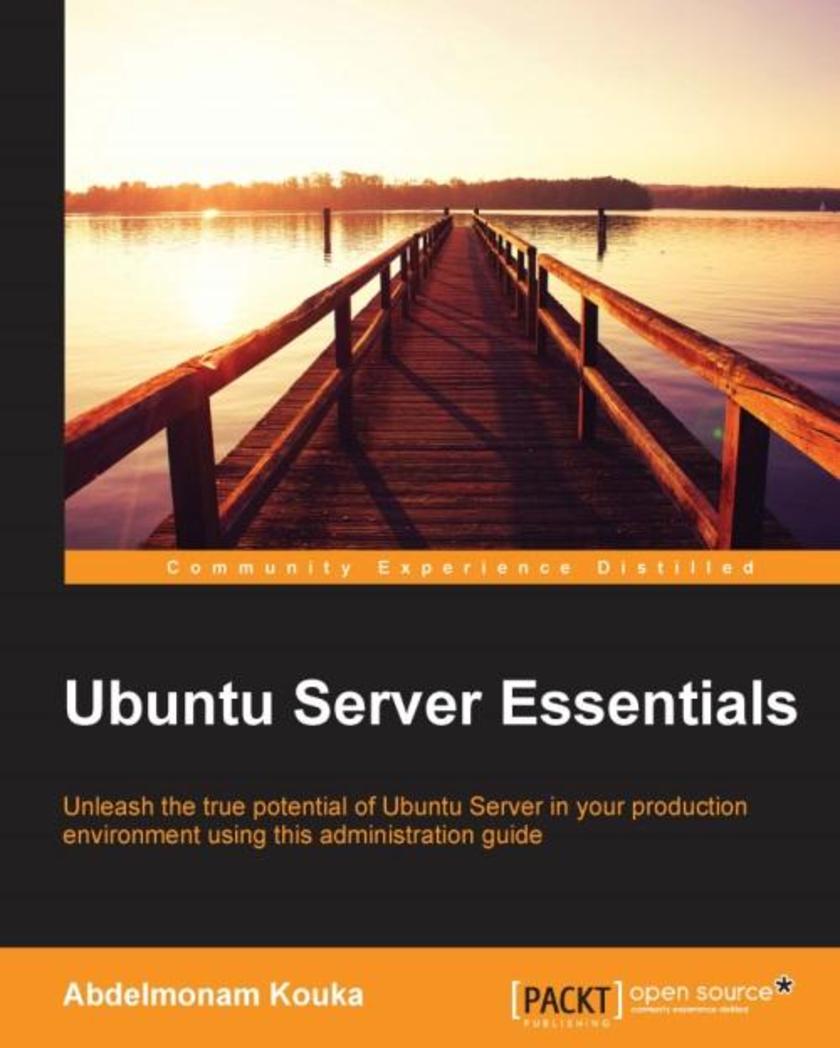
Ubuntu Server Essentials
¥54.49
Unleash the true potential of Ubuntu Server in your production environment using this administration guide About This Book Learn how to deploy and configure Ubuntu servers and work with cloud and hyper-visors Optimize network traffic to broadcast and multicast the traffic flow in OpenStack clouds Discover the essentials of the latest version of Ubuntu, which are good in both looks and performance, using this fast-paced guide Who This Book Is For This book is for system administrators who are familiar with the fundamentals of the Linux operating system and are looking for a fast-paced guide on Ubuntu, and those who are familiar with the older versions of Ubuntu and want to get up to scratch. Basic knowledge of Linux administration is assumed. What You Will Learn Install and set up Ubuntu Server in the shortest possible time, manually as well as in an automated way, for a single server or hundreds of servers Discover the fundamentals of the Ubuntu command-line interface Configure and administer Ubuntu Server using networking and CLI Deploy servers on Ubuntu in the simplest and fastest ways Enhance security within Ubuntu Server using tools such as firewalls, IDS, and IPS and procedures such as restore, rescue, and recovery Work with virtualization, clouds, and one of the best in open source cloud computing —OpenStack Optimize CLI for grep and exec commands and gain some best tips and tricks for Ubuntu Server administration In Detail Ubuntu is a Debian-based Linux operating system built on top of the Debian architecture. It is used to make operating systems for multiple platforms, including phones, desktops, TVs and mobiles. It has made some serious progress in the realms of efficiency and user friendliness. With evolving technology trends, demands on software have changed, with more and more skilled users. Over the past few years, services such as Facebook, Twitter, and push notifications on smartphones mean that users are used to being up to date with everything that happens all the time. With SignalR, the applications stay connected and will generate notifications when something happens either from the system or by other users. This provides new opportunities for the system administrators, to enter this new and exciting world of real-time application development. This is a concise and a cost-friendly guide, packed with up-to-date essentials on Ubuntu Server fundamentals. It will guide you through deploying and configuring Ubuntu servers in your office environments. You’ll start by installing Ubuntu Server, then move to the most useful aspect —the command-line interface inside it. You’ll extend your knowledge by learning how to administrate and configure Ubuntu Server. You will also see how to deploy services on Ubuntu Server and find out how to secure it. You’ll get to grips with the virtualization and cloud computing facilities provided by Ubuntu, and finally, you’ll gain some very useful tips. Style and approach This concise and easy-to-follow guide follows a step-by-step approach to help you master Ubuntu server, no matter what your level of expertise it. Each topic is explained sequentially with both essential information and whenever needed, in-depth references.
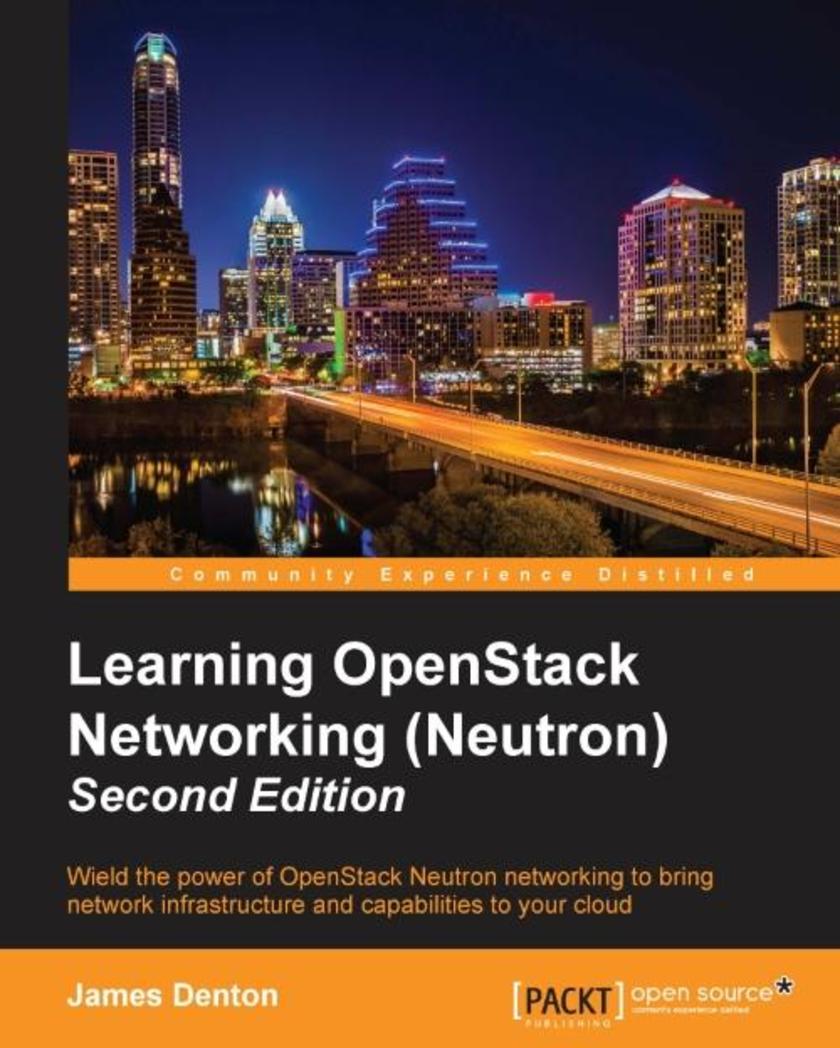
Learning OpenStack Networking (Neutron) - Second Edition
¥90.46
Wield the power of OpenStack Neutron networking to bring network infrastructure and capabilities to your cloud About This Book This completely up-to-date edition will show you how to deploy a cloud on OpenStack using community-driven processes. It includes rich examples that will help you understand complex networking topics with ease Understand every aspect of designing, creating, customizing, and maintaining the core network foundation of an OpenStack cloud using OpenStack Neutron all in one book Written by best-selling author James Denton, who has more than 15 years of experience in system administration and networking. James has experience of deploying, operating, and maintaining OpenStack clouds and has worked with top enterprises and organizations Who This Book Is For If you are an OpenStack-based cloud operator and administrator who is new to Neutron networking and wants to build your very own OpenStack cloud, then this book is for you. Prior networking experience and a physical server and network infrastructure is recommended to follow along with concepts demonstrated in the book. What You Will Learn Architect and install the latest release of OpenStack on Ubuntu Linux 14.04 LTS Review the components of OpenStack networking, including plugins, agents, and services, and learn how they work together to coordinate network operations Build a virtual switching infrastructure using reference architectures based on ML2 + Open vSwitch or ML2 + LinuxBridge Create networks, subnets, and routers that connect virtual machine instances to the network Deploy highly available routers using DVR or VRRP-based methods Scale your application with haproxy and Load Balancing as-a-Service Implement port and router-level security using Security Groups and Firewall as-a-Service Provide connectivity to tenant networks with Virtual Private Networking as-a-Service (VPNaaS) Find out how to manage OpenStack networking resources using CLI and GUI-driven methods In Detail OpenStack Neutron is an OpenStack component that provides networking as a service for other OpenStack services to architect networks and create virtual machines through its API. This API lets you define network connectivity in order to leverage network capabilities to cloud deployments. Through this practical book, you will build a strong foundational knowledge of Neutron, and will architect and build an OpenStack cloud using advanced networking features. We start with an introduction to OpenStack Neutron and its various components, including virtual switching, routing, FWaaS, VPNaaS, and LBaaS. You’ll also get hands-on by installing OpenStack and Neutron and its components, and use agents and plugins to orchestrate network connectivity and build a virtual switching infrastructure. Moving on, you’ll get to grips with the HA routing capabilities utilizing VRRP and distributed virtual routers in Neutron. You’ll also discover load balancing fundamentals, including the difference between nodes, pools, pool members, and virtual IPs. You’ll discover the purpose of security groups and learn how to apply the security concept to your cloud/tenant/instance. Finally, you'll configure virtual private networks that will allow you to avoid the use of SNAT and floating IPs when connecting to remote networks. Style and approach This easy-to-follow guide on networking in OpenStack follows a step-by-step process to installing OpenStack and configuring the base networking components. Each major networking component has a dedicated chapter that will build on your experience gained from prior chapters.

Practical OneOps
¥71.93
Walmart's OneOps is an open source DevOps platform that is used for cloud and application lifecycle management. It can manage critical and complex application workload on any multi cloud-based infrastructure and revolutionizes the way administrators, developers, and engineers develop and launch new products. This practical book focuses on real-life cases and hands-on scenarios to develop, launch, and test your applications faster, so you can implement the DevOps process using OneOps. You will be exposed to the fundamental aspects of OneOps starting with installing, deploying, and configuring OneOps in a test environment, which will also come in handy later for development and debugging. You will also learn about design and architecture, and work through steps to perform enterprise level deployment. You will understand the initial setup of OneOps such as creating organization, teams, and access management. Finally, you will be taught how to configure, repair, scale, and extend applications across various cloud platforms. What you will learn ?See how to install OneOps ?Configure OneOps including creating and configuring organization and teams ?Work through practical deployment scenarios ?Maintain OneOps environments including backups and logs ?Build custom components for OneOps ?Extend OneOps by calling the REST API

Beginning C++ Programming
¥90.46
C++ has come a long way and is now adopted in several contexts. Its key strengths are its software infrastructure and resource-constrained applications, including desktop applications, servers, and performance-critical applications, not to forget its importance in game programming. Despite its strengths in these areas, beginners usually tend to shy away from learning the language because of its steep learning curve. The main mission of this book is to make you familiar and comfortable with C++. You will finish the book not only being able to write your own code, but more importantly, you will be able to read other projects. It is only by being able to read others' code that you will progress from a beginner to an advanced programmer. This book is the first step in that progression. The first task is to familiarize you with the structure of C++ projects so you will know how to start reading a project. Next, you will be able to identify the main structures in the language, functions, and classes, and feel confident being able to identify the execution flow through the code. You will then become aware of the facilities of the standard library and be able to determine whether you need to write a routine yourself, or use an existing routine in the standard library. Throughout the book, there is a big emphasis on memory and pointers. You will understand memory usage, allocation, and
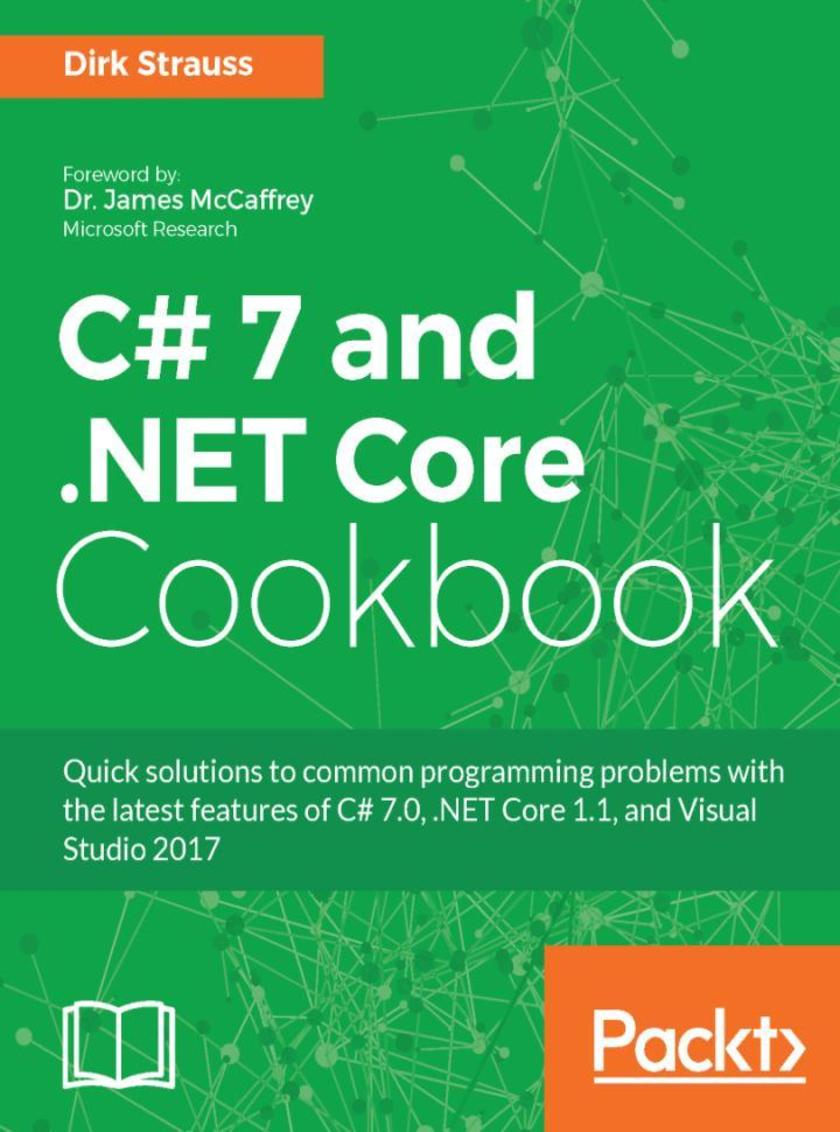
C# 7 and .NET Core Cookbook
¥90.46
C# has recently been open-sourced and C# 7 comes with a host of new features for building powerful, cross-platform applications. This book will be your solution to some common programming problems that you come across with C# and will also help you get started with .NET Core 1.1. Through a recipe-based approach, this book will help you overcome common programming challenges and get your applications ready to face the modern world. We start by running you through new features in C# 7, such as tuples, pattern matching, and so on, giving you hands-on experience with them. Moving forward, you will work with generics and the OOP features in C#. You will then move on to more advanced topics, such as reactive extensions, Regex, code analyzers, and asynchronous programming. This book will also cover new, cross-platform .NET Core 1.1 features and teach you how to utilize .NET Core on macOS. Then, we will explore microservices as well as serverless computing and how these benefit modern developers. Finally, you will learn what you can do with Visual Studio 2017 to put mobile application development across multiple platforms within the reach of any developer. What you will learn ?Writing better and less code to achieve the same result as in previous versions of C# ?Working with analyzers in Visual Studio ?Working with files, streams, and serialization ?Writing high-performant code




 购物车
购物车 个人中心
个人中心



